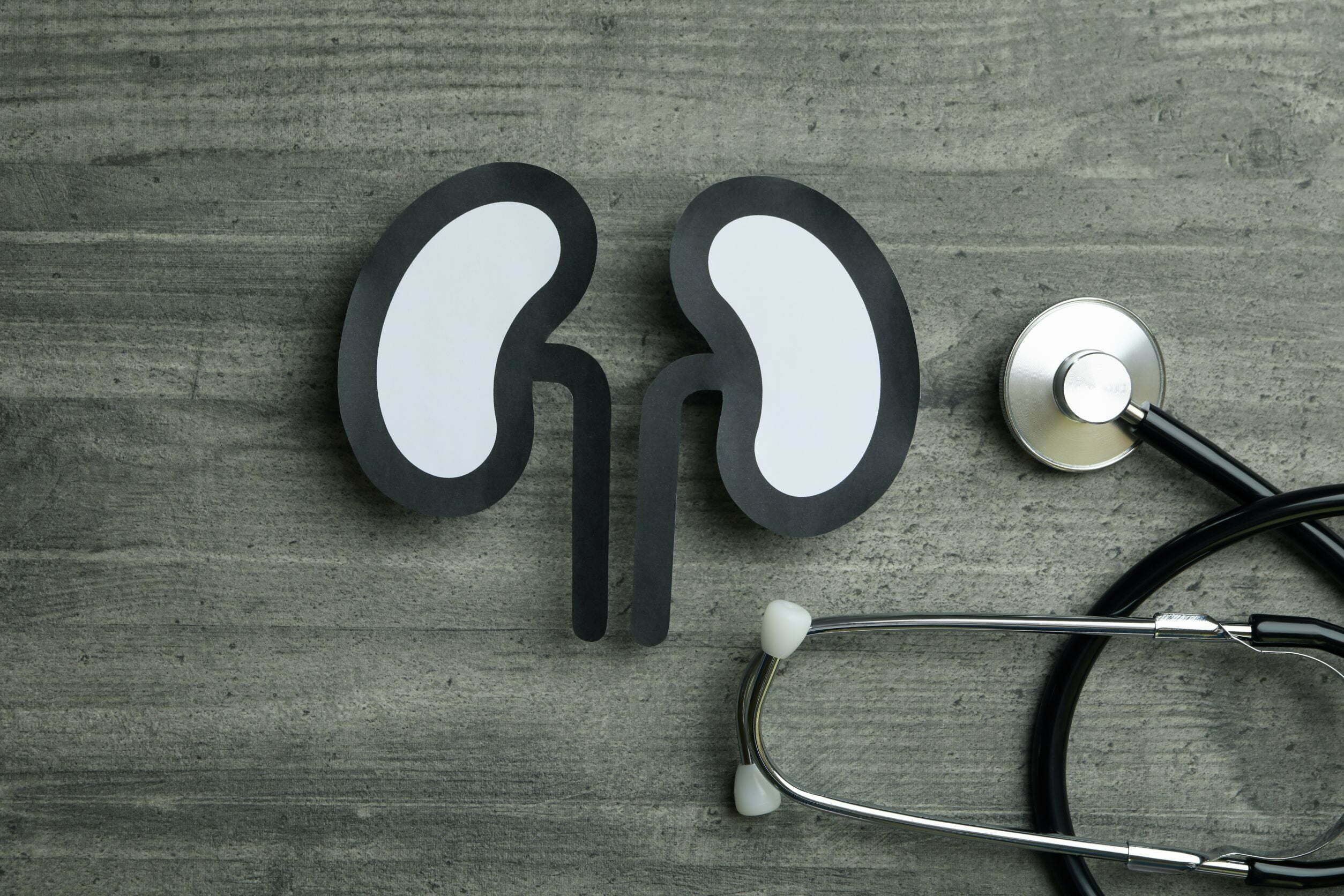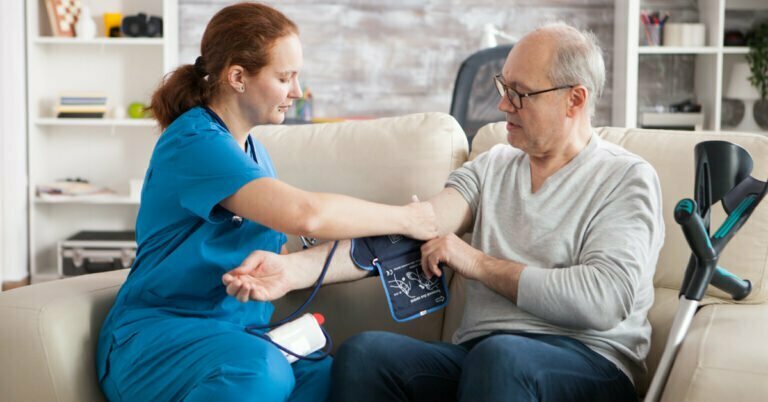Everyone who has ever searched online for articles about health and wellness has probably heard of the terms “detox” or “cleansing” at one time or another. But what is often under-emphasized is that the body already possesses its own detoxifying system that cleanses wastes and toxins, in the form of the liver and the kidneys. Proper function of these organs is universally recognized as critical to maintaining optimal health.
Kidney diseases are among the top causes of death in the United States, with diabetes and high blood pressure being the leading causes of kidney failure. Chronic kidney disease (CKD) refers to a condition where damaged kidneys have lost their ability to filter toxins and wastes in the blood over time, leading to accumulation in the body and resulting in complications such as hypertension, heart disease, stroke and early death. According to the Centers for Disease Control and Prevention (CDC), 15% of adults in the US (around 37 million people) are estimated to have chronic kidney disease, and many are still undiagnosed.
With the onset of the pandemic, more people have either reduced clinic visits or shifted to a home care model. In this light, telehealth solutions, such as DrKumo’s remote patient monitoring (RPM) suite of platform and connected devices, have emerged to bridge the gap between patient and provider to allow for real-time remote tracking and observation of patients’ clinical status. Here we outlined several RPM devices that would be useful for people with chronic kidney disease.
Weighing scale
Many people with CKD retain extra fluid in their body as a result of the decreased ability of their kidneys to remove this excess fluid. Because of this, they are only allowed a certain amount of fluid intake daily, and their weight is carefully monitored. This monitoring is even more important for those who are already on dialysis, who are dependent on dialysis to remove this excess fluid from their bodies.
Having a weighing scale with body impedance analysis technology at home, patients can regularly track their weight and body composition. How much of their weight is muscle, bone, fat or water can be estimated by the scale, and although not as accurate as more sophisticated modalities such as DEXA, CT or MRI, for home use they are quite sufficient to track daily trends in weight and body composition. Patients and providers can then easily and promptly assess whether a change in fluid intake would be necessary.
Blood Pressure Monitor
People with CKD often have high blood pressure, either as a cause or complication of their condition. Based on data from the CDC, the prevalence of hypertension in the US CKD population was 59% in 2013-2014. Low salt diet, limited fluid intake, and anti-hypertensive medications would all be interventions being utilized to control blood pressure for these patients. As reaching blood pressure targets are important to decrease the risk of complications such as stroke or heart failure, having a blood pressure monitor at home would help patients and providers track this parameter closely. And since blood pressure readings taken in the clinic may be different from those taken at home (where a patient may be more comfortable, relaxed and less anxious), this home blood pressure monitor can also differentiate between the so-called “white-coat hypertension” versus true hypertension.
Glucometer
Diabetes is known as the leading cause of kidney disease in the US, with 1 out of 3 adults with diabetes also having kidney disease. Good glucose control is essential to preventing or delaying the onset of complications of diabetes such as kidney disease, and remains an important component of management in those who already have CKD. Changes in kidney function may lead to changes in medications and blood glucose fluctuations, hence regular and accurate monitoring is paramount to ensuring good outcomes and lower risk of adverse events such as hypoglycemia. Having a glucometer handy at home would therefore be most useful for these people with diabetes and chronic kidney disease.
Pulse Oximeter
A pulse oximeter can measure oxygen levels as well as heart rate, which can also be useful for people with CKD. A low oxygen saturation in these patients may be indicative of fluid congestion in the lungs brought about by heart failure or heart attack, or other respiratory illnesses like COVID. Likewise, a heart rate that is abnormally fast or slow may also herald problems with the heart that may be due to a heart attack, heart failure, electrolyte imbalance, or infection. Hence a pulse oximeter at home may lead to early detection of impending serious conditions and prompt medical attention.
Wearable ECG monitor
CKD has been proven to increase the risk of heart disease, and the most common cause of death in these patients is cardiovascular disease. These cardiac events often occur suddenly, without warning, and leave only a short window of opportunity for prompt detection and treatment, so having a device that can monitor the heart continuously can definitely be a lifesaver for these patients.
Whereas in the past, problems with heart rhythm or electrical conduction can only be detected in the clinic by electrocardiograms or 24-hour holter monitors that are bulky and cumbersome, with the advent of wearable devices, ECG capabilities have also been incorporated into a smaller and more portable device such as a smartwatch. This allows for continuous monitoring of the heart rhythm as well as other parameters such as blood pressure, oxygen saturation, respiratory rate, and temperature, in a form factor that is convenient and can be taken anywhere.
Takeaway
DrKumo’s array of remote patient monitoring devices can help empower people with chronic kidney disease in managing their health and optimizing health outcomes by close monitoring of patient-related parameters that are useful for early detection of complications/adverse events as well as goals/targets for therapeutic interventions.








